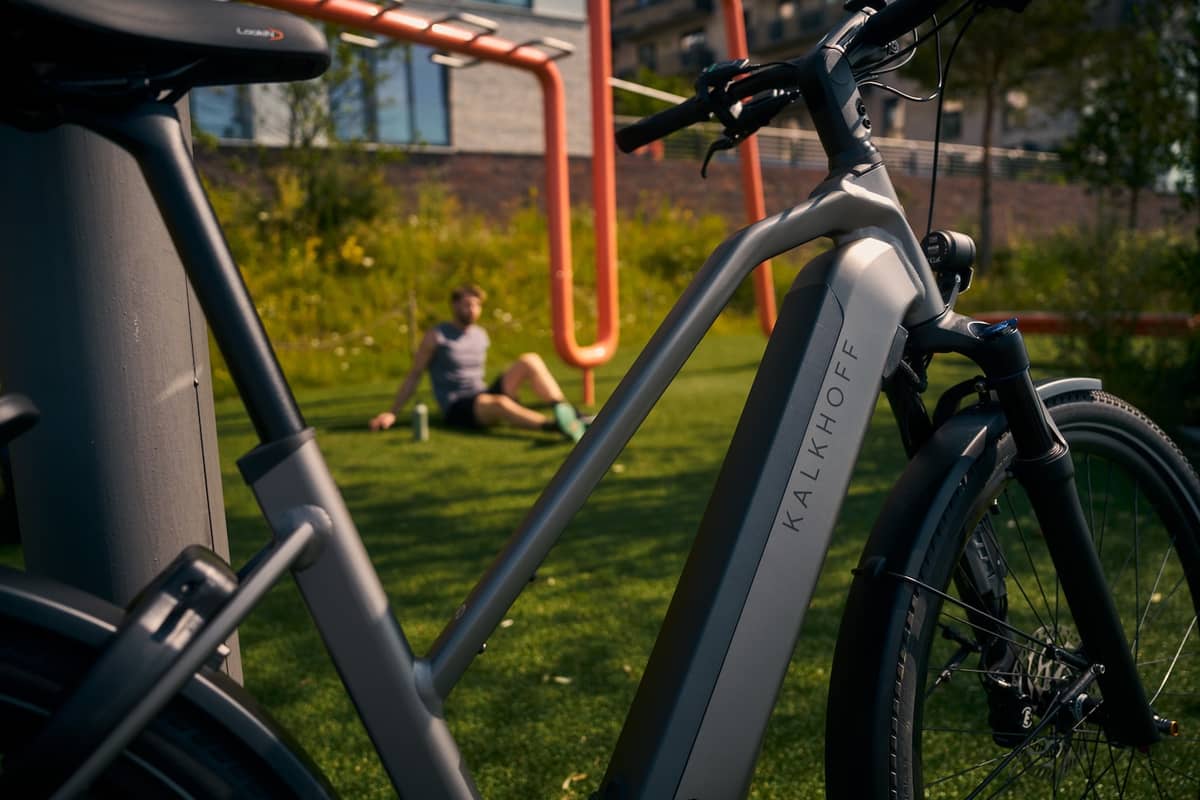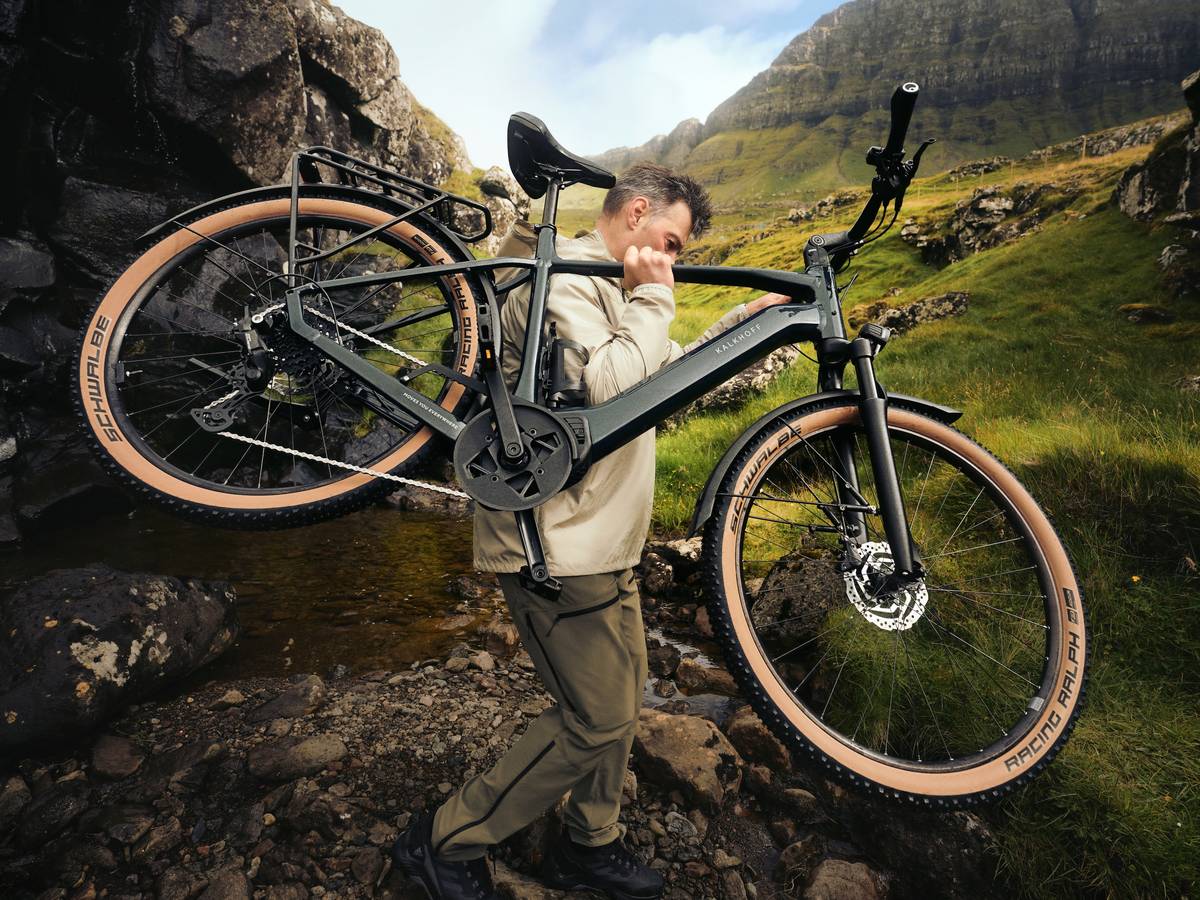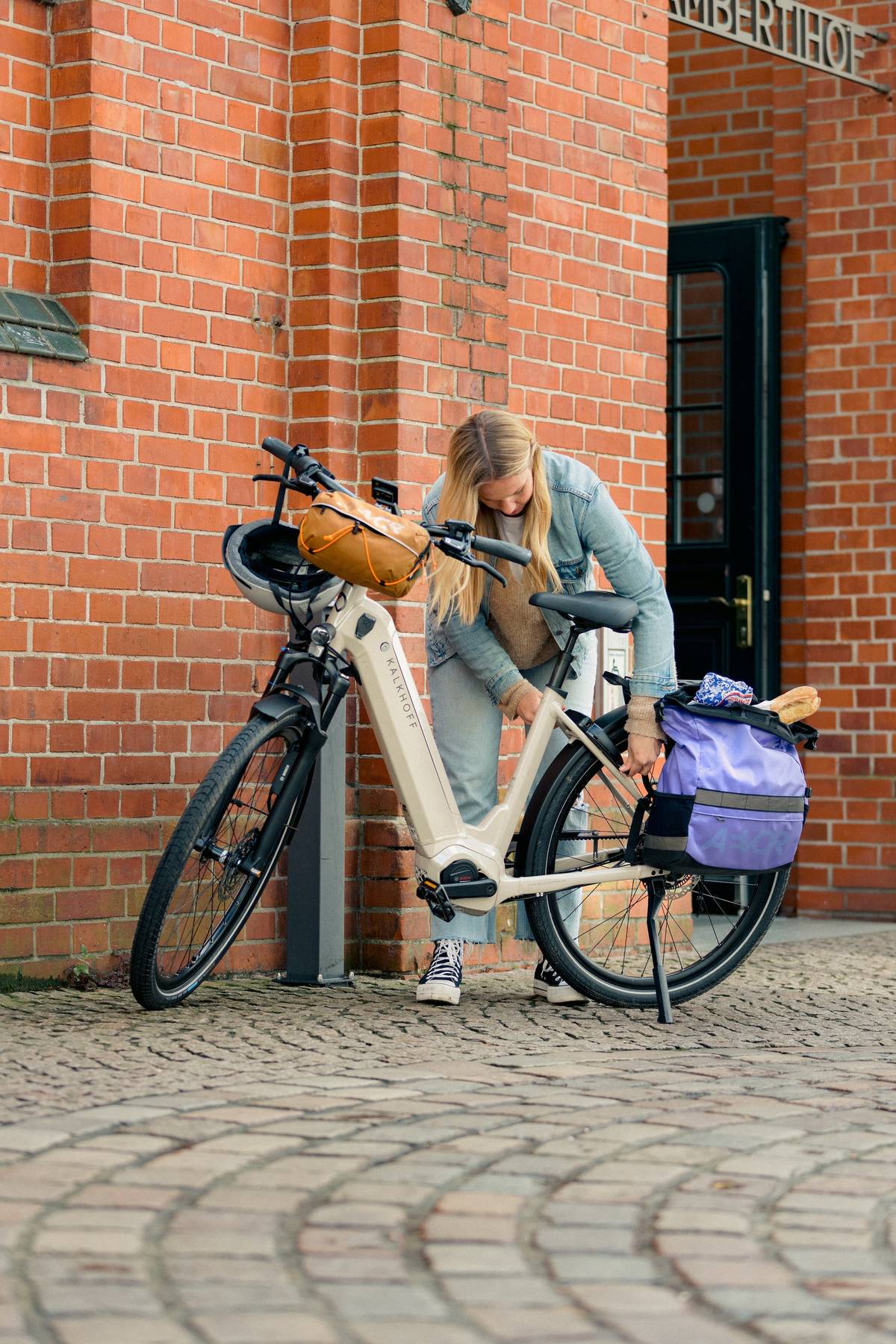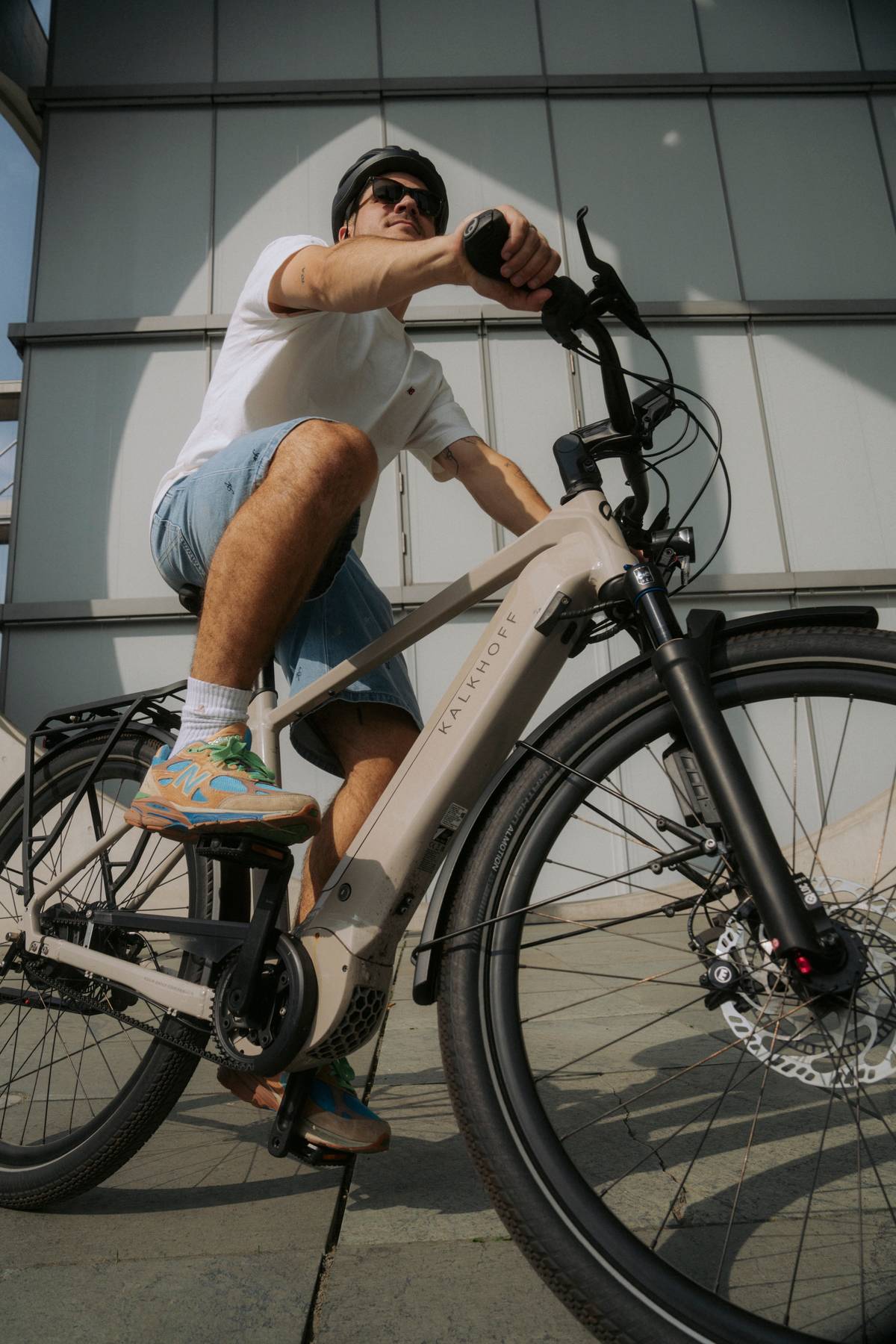
Who covers the costs in the event of damage? What if the leased bicycle breaks down? Here you can find out who pays for repairs, what services are insured and how to respond correctly.
On your way to work in the morning, you suddenly hear a click in the chain – and shortly afterwards, nothing works anymore. It makes no difference whether it is a gear problem or a more serious issue with the e-bike drive – bike defects are not only extremely annoying, but can also quickly become expensive.
While the costs are always borne by the owner of a purchased bike, the question quickly arises with a leased bike: Who pays for the repair? And how does the claims process actually work for bike leasing?


The quick answer to this question: Depending on the leasing provider and the service package selected, many repairs may be covered by integrated services – including inspections, wear and tear repairs and even electronic damage. E-bike batteries are also covered by the statutory warranty or comprehensive insurance, depending on the cause.
However, not all damage is automatically insured. Below, we show you which repairs are covered by bike leasing, when you have to pay yourself – and how to proceed correctly in the event of damage.
Let's start from the beginning: With bike leasing, the bike is not purchased directly, but leased through the employer – comparable to a company car. While the employee is allowed to use the bike privately and professionally, the employer is the official lessee. The monthly instalments are usually paid through salary conversion, which offers tax advantages.
But what happens in the event of damage? Who pays for repairs depends largely on the leasing conditions and the selected service package. Lease a Bike offers comprehensive protection that covers typical everyday risks: from inspections and repairs to theft and electronic defects.
The repair costs covered by bike leasing depend largely on the protection package selected. With Lease a Bike, comprehensive protection can be customised with separate options for theft and damage protection, inspections and wear and tear repairs. This allows employees or employers to decide for themselves which level of service best suits their usage patterns.

Available in Premium or All-inclusive versions
Available as Basic, Premium or All-inclusive (with increasing scope of services)
Also available in Basic, Premium or All-inclusive versions


Important: Damage should be reported as soon as possible. If repairs are carried out without prior approval or if they are handled by a non-certified dealer, this may result in loss of insurance coverage.Important: Damage should be reported as soon as possible. If repairs are carried out without prior approval or if they are handled by a non-certified dealer, this may result in loss of insurance coverage.
What is covered – and what is not?
Not every repair is automatically covered by the lease or a protection package. Which services are covered depends on the type of damage, the selected tariff and the correct handling. Here is an overview of the most common cases:


Important: Depending on the cause, defects in e-bike batteries or drives are covered by the statutory warranty or insured under damage protection. Manufacturing or material defects are covered by the statutory warranty (2 years). Damage caused by falls or improper storage, on the other hand, is usually considered an insurance claim – provided that the appropriate protection package has been selected.
Well protected with the right cover
Our overview shows that anyone who leases a bicycle or e-bike does not need to worry about repairs – provided they have taken out the right comprehensive cover. Your advantage with Lease a Bike: our comprehensive cover reliably covers many typical types of damage that occur in everyday use – from regular inspections and wear and tear repairs to electronic or accident damage.
However, it is important to check the scope of services carefully in advance. While the all-inclusive tariff covers even major repairs without limitation, budget limits apply to the basic and premium models. The correct procedure – i.e. reporting the damage via the portal and having the repair carried out by authorised dealers – is also crucial for the costs to be covered.
Our tip: If you use your bike regularly and want predictable costs, you should not skimp on protection for your company bike. Comprehensive protection is particularly worthwhile for expensive e-bikes – both financially and organisationally. This allows you to ride with peace of mind – and be optimally covered in the event of an accident.